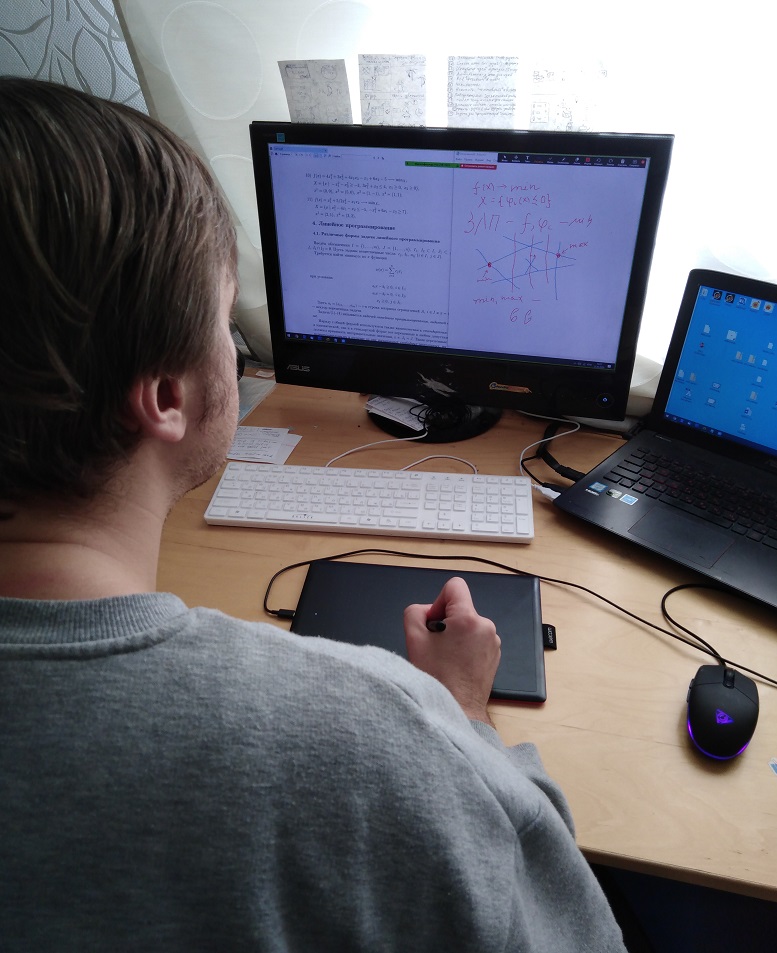As of today, March 31, there are only 9 confirmed cases of coronavirus in the city and region of Novosibirsk, near where the office of LEDAS is located. As the disease began spreading in other parts of Russia (initially in Moscow), Novosibirsk State University two weeks ago shifted to distance learning. Teachers received suggestions as how to organize remote lessons for students using a variety of opportunities:
- Hold remote conferences via the Internet using such platforms as Google Meet, Zoom, and Skype
- Record video lectures and seminars from empty classrooms at the university
- Record videos from home using cameras on smartphones
- Send materials and homework tasks by email and get the results
LEDAS is proud of its strong connection to Novosibirsk State University and other research institutes in Akademgorodok, where both LEDAS and the university are located. With LEDAS being a company that provides research and development services in CAD and other areas, nearly a dozen of our employees hold Ph.D. degrees in mathematics and computer science. A majority of LEDAS’ employees are graduates of NSU.

New NSU building (aka R2-D2). Image source: vk.com/nsu24
Some of our staff are still involved in scientific research with certain NSU institutes. LEDAS employees teach students at four departments at the university, namely in mathematics, physics, computer science, and economics. Several of our employees take in lectures on programming, optimization theory, discrete mathematics, coding theory and of course computer-aided design. Others hold seminars. Such activities take a couple of hours a week, and our staff treat it as a hobby, as well as finding it extremely useful for staying in good shape as strong algorithm experts and researchers.

Teacher working from home with students
As did other teachers at NSU, our engineers had to solve the problem of organizing distant communication with students. This was where our experience helped as our customers are located all over the world, especially in Europe and the United States. It is an everyday activity for many LEDAS engineers to communicate with customers remotely through a variety of audio/video conferencing platforms. As a result, the process of organizing teaching conferences was quite smooth and distance communication with students felt normal and comfortable.
There were, of course, some twists to the experience, as discussing scopes of work with customers has its differences from teaching lessons to students. For example, using graphics tablets to draw formulas and pictures on screens was new to some of us.
By the way, our experience with distant collaboration helped us to effortlessly transfer our workspaces to home offices and still collaborate as a team without losing much in the way of efficiency, while preventing the risk of transferring the virus.
So, we look forward to the ending of this virus story while trying not to lose optimism and even gain valuable new experiences under the current circumstances.
Good health to all!
Read more:
Work From Home Yields Record-breaking Interest in LEDAS Cloud Platform
How LEDAS Set Up Remote-Working to “Flatten the Curve”
What Statistics Can Tell Us About SARS-CoV-2 Test Results